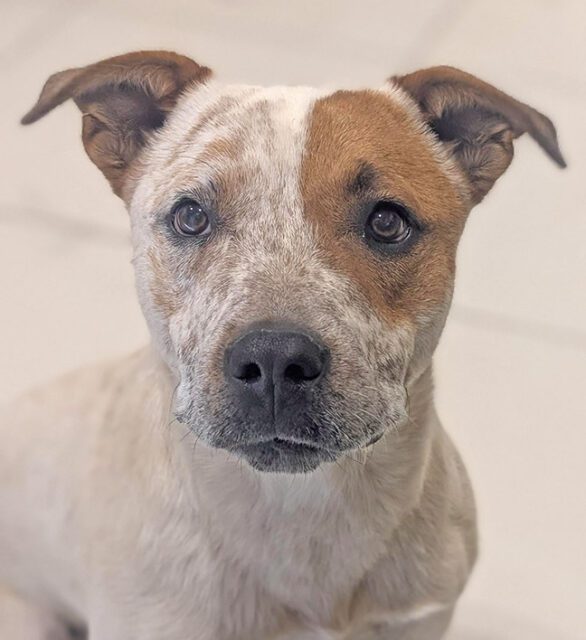
25 Jun Second Chance: Lucy’s Story or The Danger of Foxtails!
Since 1994, the Animal Resource Center and the Shops of Second Chance Humane Society have been dedicated to serving animals in Southwestern Colorado. Adoption hours are every day from 11 a.m. to 5:30 p.m. The facility is located at 177 County Rd 10, Ridgway, CO. View shelter pets and services online at secondchancehumane.org.
View shelter pets and services online at www.secondchancehumane.org.
View shelter pets and services online: www.adoptmountainpets.org.
Donate here or mail to: PO Box 2096, Ridgway, CO, 81432.
Second Chance is hiring a full-time vet tech for the clinic in Ridgway. Go here to apply.
Go here for more about Second Chance.

There’s evil lurking in the weeds. An invasive plant can make a simple walk with your dog dangerous.
Foxtail is a grass-like weed found in the western US and is very common in our area. It has barbed seed heads that can work their way into the skin of your pets. Embedded foxtails can lead to serious infections and even death if left untreated. They can cause discharge, abscesses, swelling, pain, and, as noted above, death. Foxtails love feet and can easily become embedded between tender toes.
A recent case at Second Chance shows just how dangerous foxtails can be.
Lucy is an eleven-year-old sheepdog mix who was recently brought to our shelter in heartbreaking condition. She was covered in severe matting, which concealed a painful and dangerous reality beneath her fur. A large abscess on her front foot led our veterinary team to discover a deeply embedded foxtail—the first of many.

Lucy
Upon closer examination, we found foxtails lodged between each of her paw pads and scattered across her stomach. Several are still embedded deep within her skin, causing ongoing infections and painful abscesses. She is currently undergoing treatment, including wound care, antibiotics, and careful removal of the foxtails still causing her distress.
Despite everything, Lucy remains gentle and trusting. Her resilience is nothing short of inspiring. We are committed to giving her the second chance she so deeply deserves.
Because of her age and her condition, Lucy will not recover as quickly as a younger dog. We are working to get her stabilized with medications and further tests. We hope she’ll be offered for foster or adoption soon.
To prevent your pet from suffering like Lucy, examine them closely after being outdoors in areas where foxtails are prevalent. Catching them before they lodge into the skin is the best prevention. A fine-toothed comb or a brush can be used to remove foxtails, and it’s important to check between the toes, paw pads, and ears. Tweezers can be used to remove a foxtail that has slightly embedded itself somewhere. After removal, wash the area gently with antibacterial soap and thoroughly rinse the area with tap water.
Suspect foxtails are present if your pet has swelling, is limping, or is licking an area. If a dog or cat is shaking his head, tilting it to the side, or scratching incessantly at an ear, this could be the sign of a foxtail — one that may be too deep inside the ear canal to see. A veterinarian will use a special scope to find and remove them.

Pepe
Pepe is ten months old and came in with his sister from a less-than-ideal situation. They will be nervous at first, but soon warm up, crawl into your lap, and start giving kisses. They are heeler mixes, so they will need lots of exercise and stimulation.


Sorry, the comment form is closed at this time.